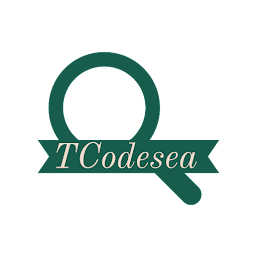INTRODUCTION to SAP Go live strategy
What is mean about Pre – Go live check?
It is ensuring that the SAP Production system is ready to go live smoothly.
We will divide the activities as follows:-
Pre–Go-Live activities:
1. Master data Upload into the Production system.
Bill of Material – PP
2. Upload the Cost center planning
3. Execute the Distribution cycles within cost center accounting
After completing the scheduled allocation steps, the production cost centers are ready with planned costs.
You can now calculate activity values through the app or manually update some values with an external calculation. The scheduled operation must be updated with transaction code KP26.
5. Calculate the Prices of Activities:
Calculate the activity prices using transaction code KSPI.
6. Execute Material costing run of plant/single
The calculation of the product cost of goods for all semi-finished and finished materials in the system is carried out with the transaction code CK40N. This should be run after all BOMs and Main Recipes have been uploaded.
Product costing takes a long time to complete and should start well in advance of the release date. Usually, product costing needs to be run repeatedly (3-4 times) because the data needs to be corrected and the costs compared to existing old costs.
Possible errors when performing product calculations are:
1) The moving average price or the planned price is not properly tracked in the material master
2) Wrong amount in the ingredient list, wrong number of base units in the ingredient list
3) Incorrect amount (hours, KWH, etc.) for activities in Routing or Master Regulation.
4) Incorrect Alternate Measurement Unit












0 Comments